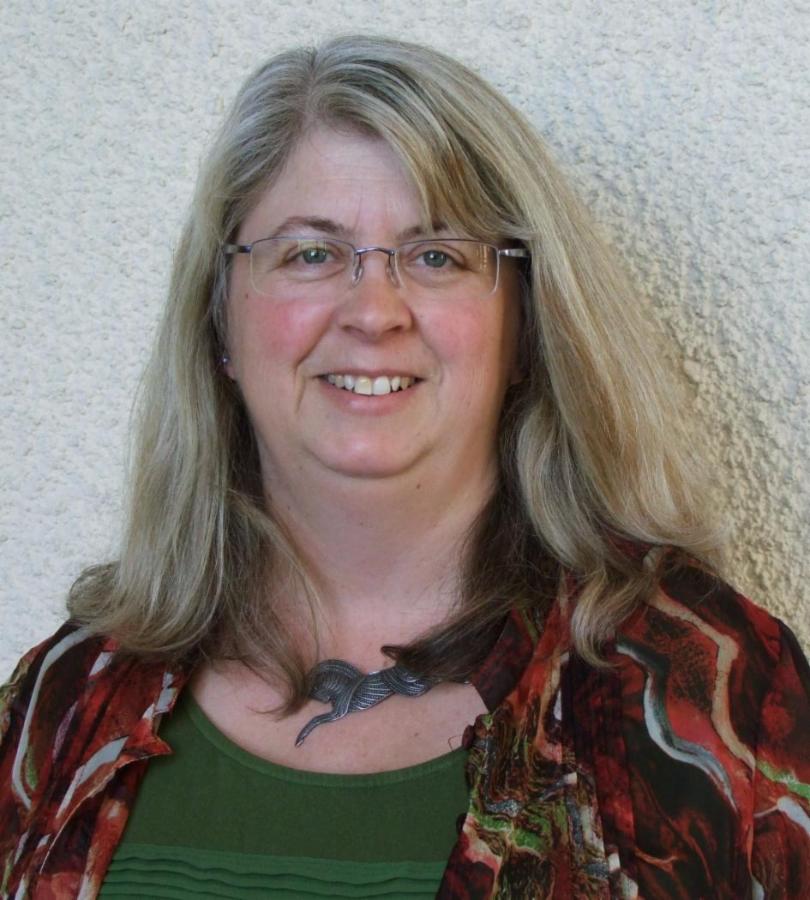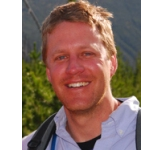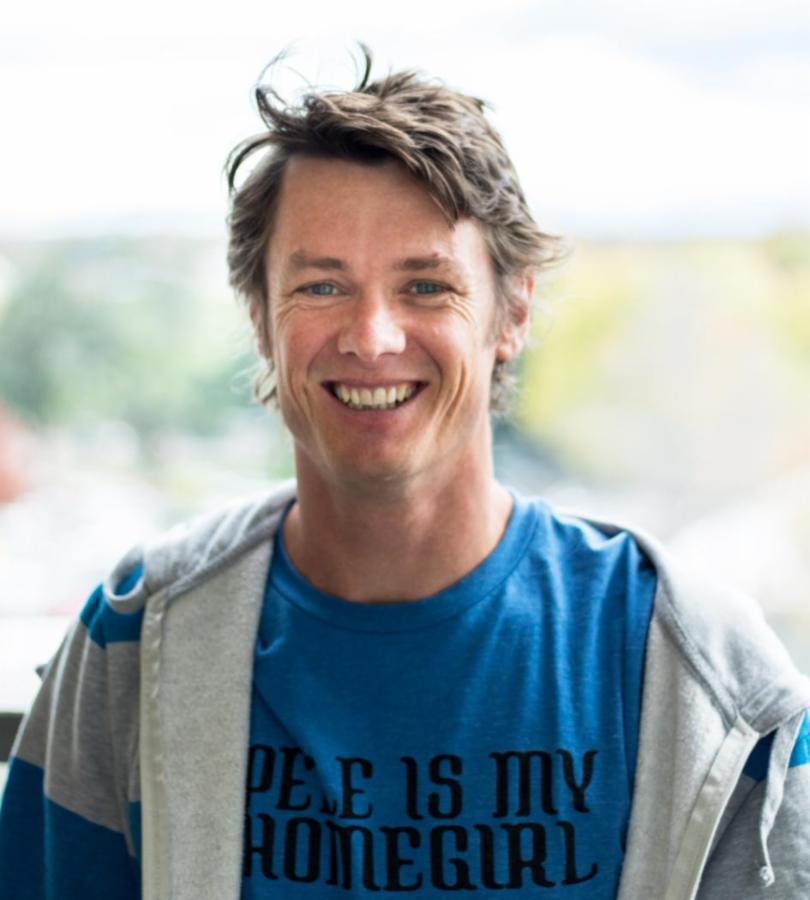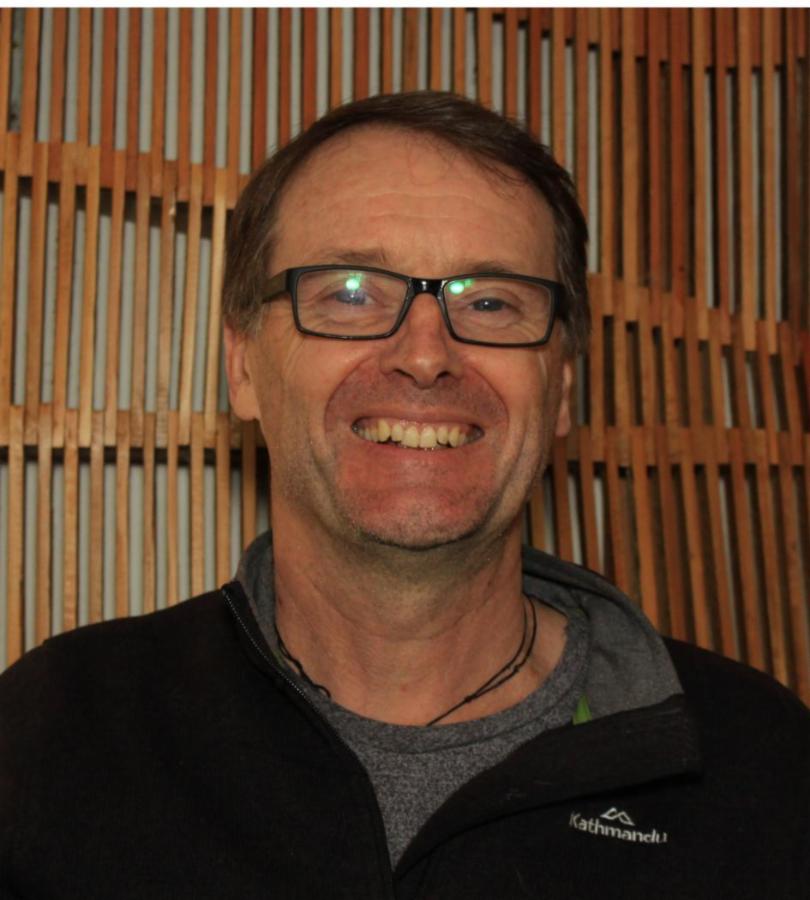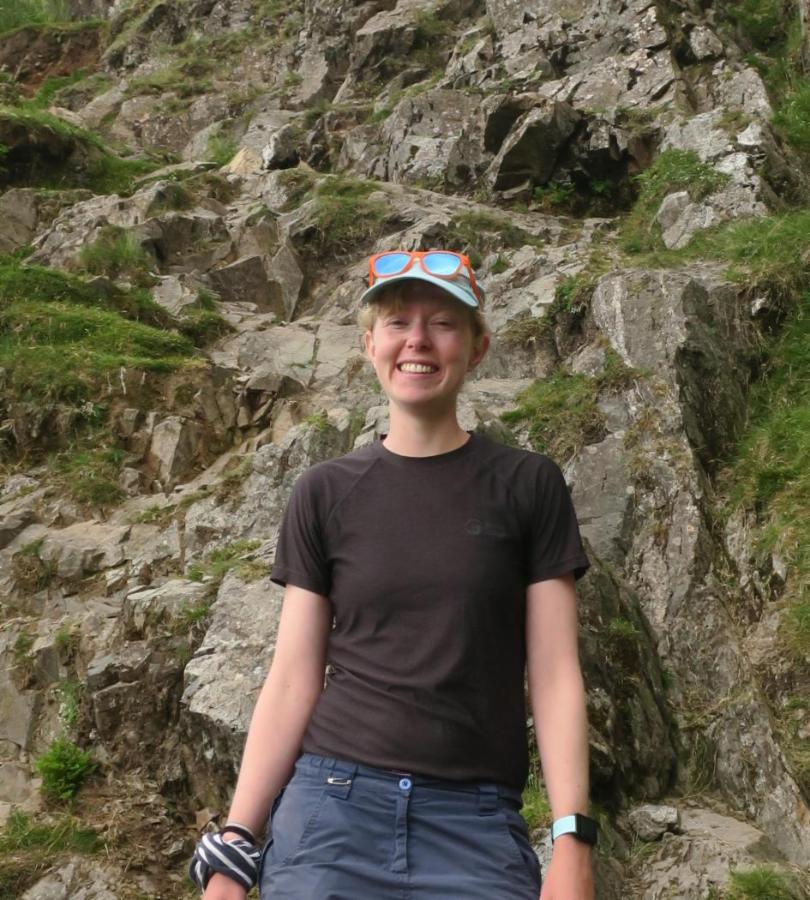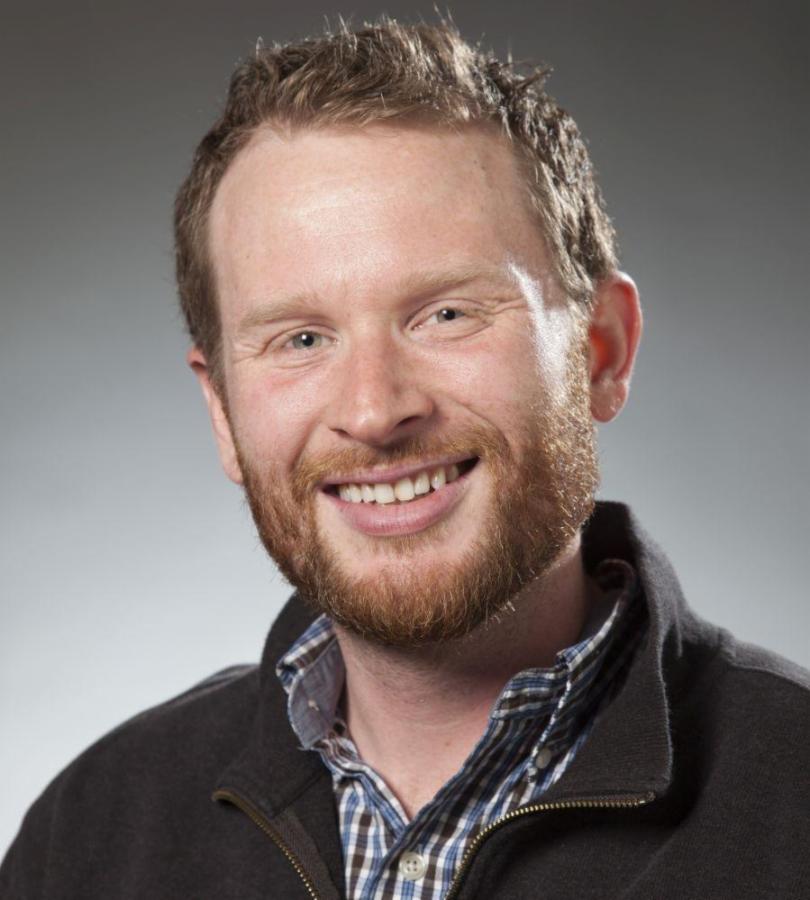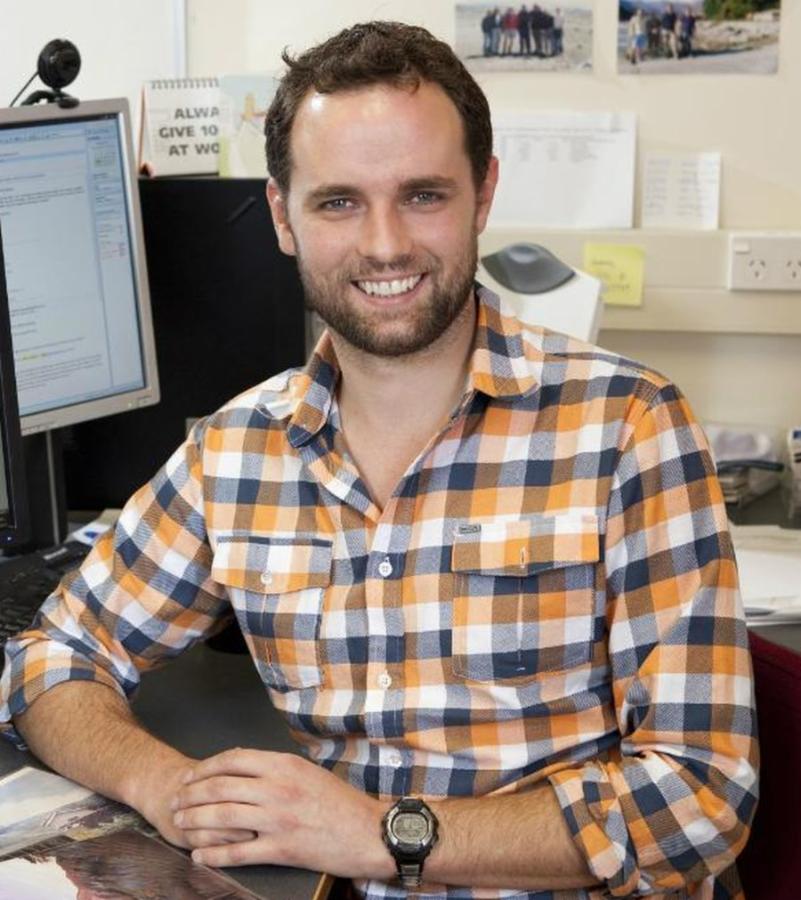The world in the 21st century is becoming an increasingly dangerous place, in spite of mind-boggling developments in science and technology. Destruction due to natural hazards appears to be continuing to increase exponentially, threatening developments and lives in many countries.
New Zealand is intrinsically one of the most dynamic and dangerous countries on Earth, with floods, earthquakes, volcanoes, landslides and tsunami all threatening a rapidly growing first-world economy. This is an ideal location to investigate the science behind the geological event. The postgraduate programmes in Disaster, Risk & Resilience are designed to lead to the development of ways to manage and mitigate risk of natural hazards.
Areas of research:
- Earthquake Processes
- Structural Geology
- Sedimentology and basin analysis in tectonically active margins, particularly convergent margins and terrane accretion (Kari Bassett)
- Dynamics of large silicic magma systems; interplay between magmatism, tectonism and volcanism, with particular reference to the Taupo Volcanic Zone. (Darren Gravley)
- Field-based and experimental volcanology, petrology, geochemistry of igneous rocks. Lava dome and explosive volcanism. Caldera formation, supervolcanic eruptions and magma chamber dynamics. Hazards and monitoring of active volcanoes. (Ben Kennedy)
- Natural hazard and risk assessment, with special interest in volcanic eruptions. Impacts of natural hazards to critical infrastructure and primary industries. Community resilience to natural hazards. (Thomas Wilson)
Research team:


